After flying drones across Australia for over half a decade, I’ve gained practical knowledge about what works in our unique environment. This guide offers concise, experience-based reviews of top drones available in the Australian market.
Around 1.8 million Australians now fly drones just for kicks, according to the Civil Aviation Safety Authority (CASA). And with drone tech getting better all the time and easier to get your hands on, even more people will probably start using them.
These drone reviews Australia has aim to help you make an informed choice based on real-world performance and value. Let’s dive into the best drones for Australian pilots.
Top DJI Drones in Australia: A Comprehensive Guide
In Australia, DJI is a big name when we talk about camera drones. They have a bunch of different drones that suit various needs and tastes. Here are three top picks from DJI:
1. DJI Mavic 3
Best for Professional Photography
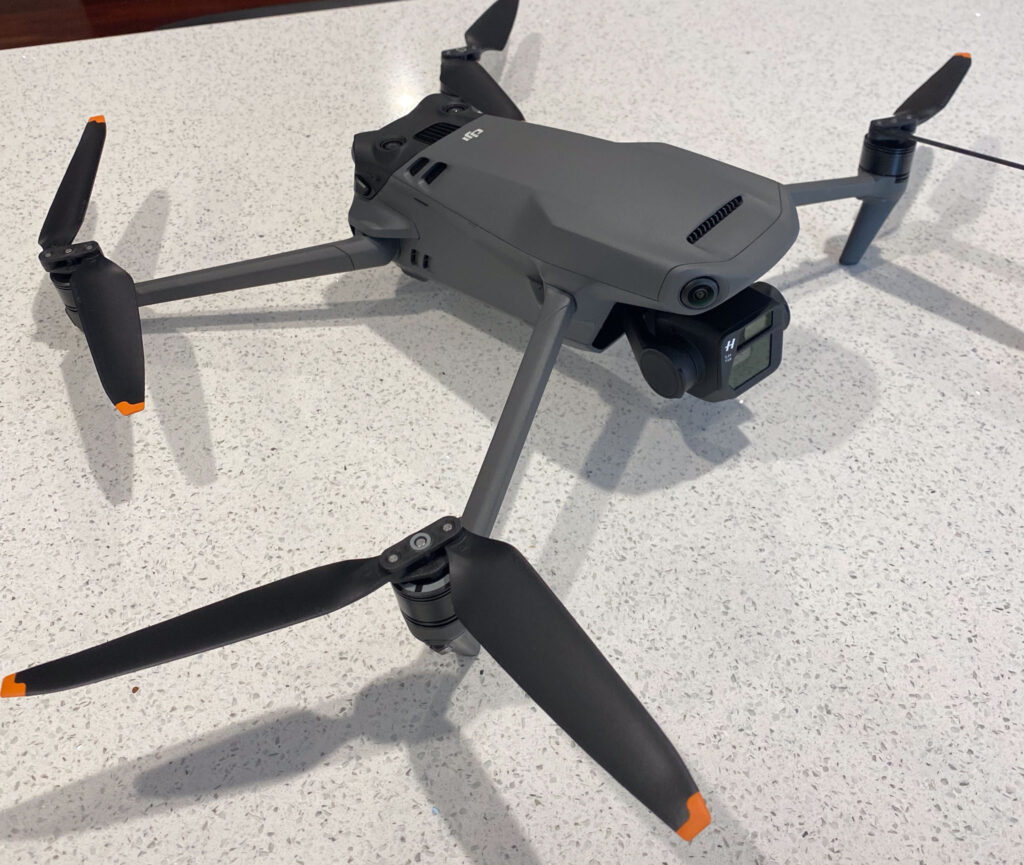
- 5.1k 50fps/ 4k 120fps video
- Hasselblad 20MP camera
- Tele lens 48MP for 48x zoom
- 45 minute flight time
2. DJI Mini 4 Pro
The Ultimate Compact Drone
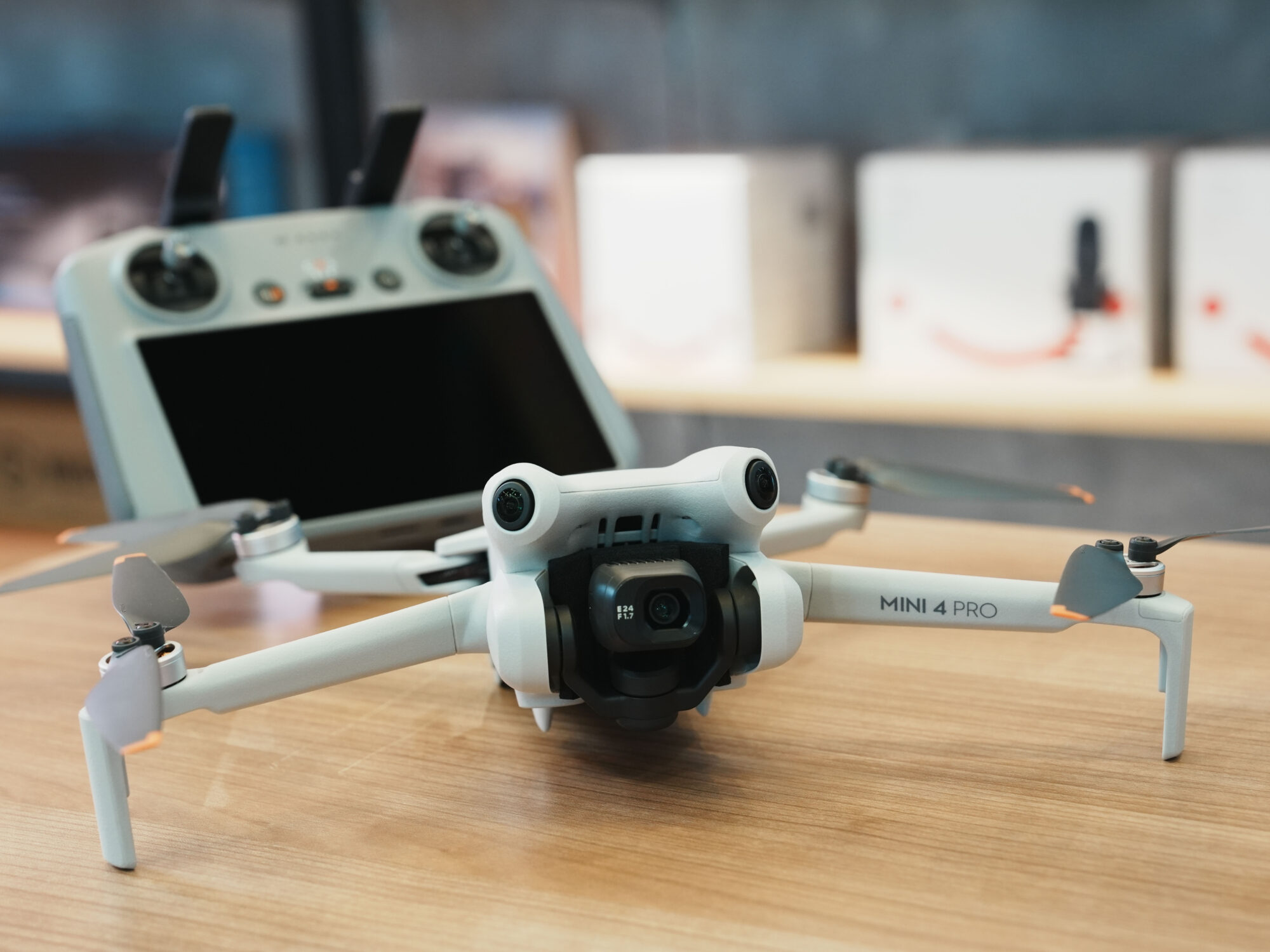
- 4K/60fps HDR video
- Lightweight 249g
- Rotating gimbal – Portrait mode
- Omnidirectional Obstacle Sensing
3. DJI Air 3
Latest Drone Tech
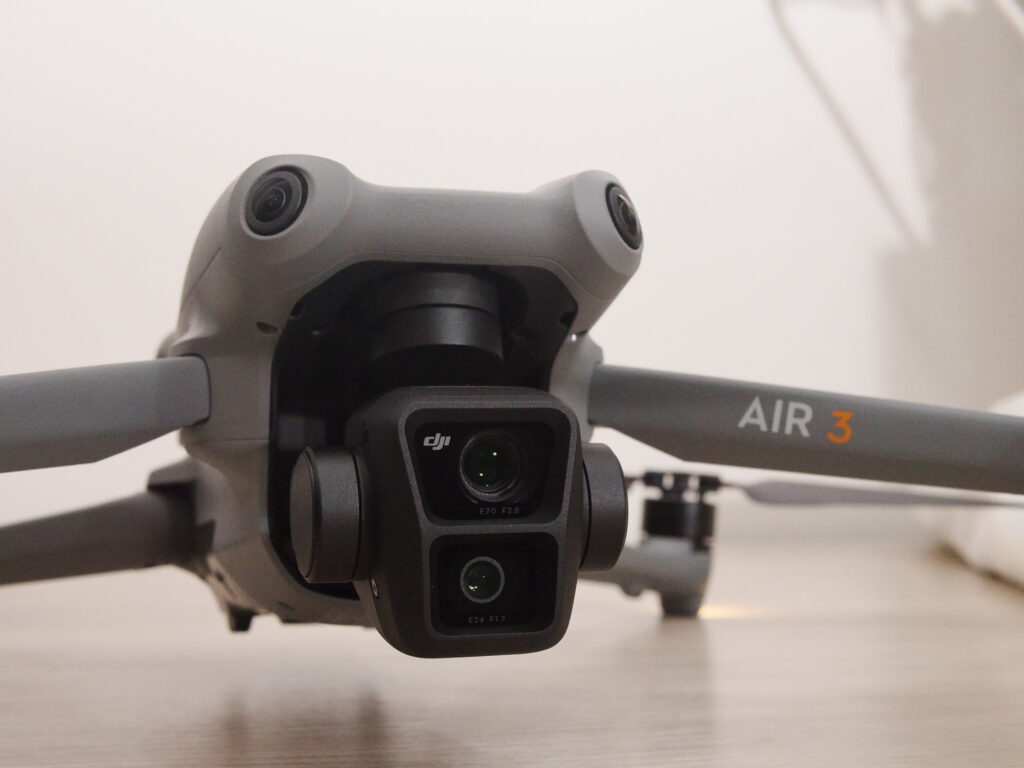
- 4K 100fps video
- 48 MP RAW photos
- Omnidirectional Obstacle Avoidance
- 32KM video transmission range
These drones come packed with cool tech, and great cameras and perform well. Let’s dive into each one to see what makes them stand out in terms of their main features, how they work, and how much they cost.
1. DJI Mavic 3
With an impressive battery life of 45-minutes and 5.1k video, this drone is at the leading edge of drone technology. It is ideal for aerial photography and videography professionals in Australia.
Key Features
- 5.1k 50fps/ 4k 120fps video
- Hasselblad 20MP camera
- Tele lens 48MP for 48x zoom
- 45 minute flight time
- Omnidirectional obstacle avoidance
- Internal storage 8GB
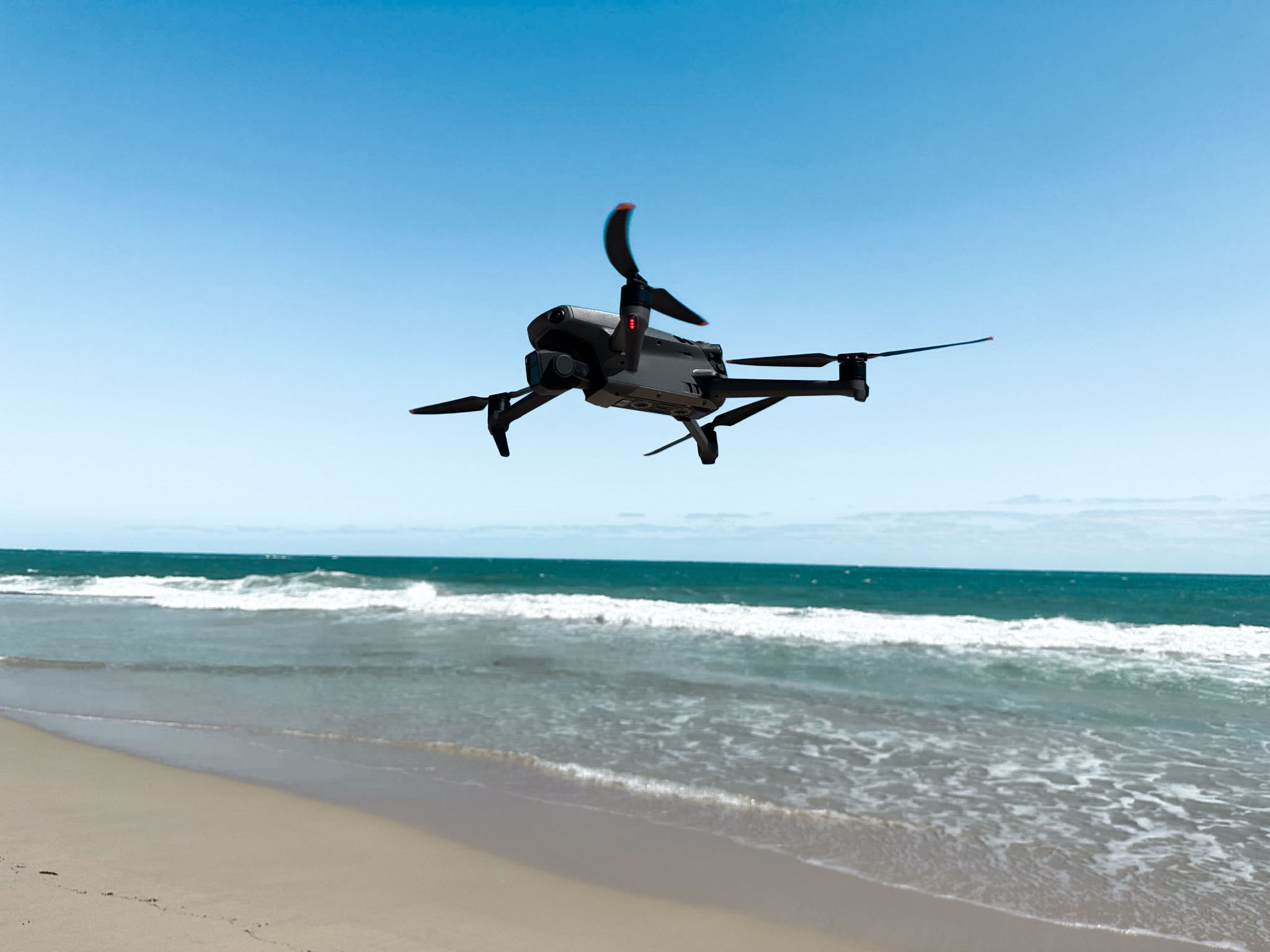
The Mavic 3 is a beast when it comes to photography with its unique Hasselblad camera which creates stunning photos with its large 4/3 CMOS sensor.
It comes with advanced safety features like 360 obstacle avoidance and a whopping 45 minutes of flight time. The 8GB of internal storage is handy when you forget your SD card or run out of space.
2. DJI Mini 4 Pro
The DJI Mini 4 Pro is a compact and affordable drone for beginners. It offers easy-to-fly features and a 48MP camera for capturing stunning aerial photos and videos. With a flight time of up to 45 minutes with the intelligent flight batteries, it’s perfect for recreational use in Australia.
Key Features
- 4K/60fps HDR video powered by a 1/1.3” CMOS sensor with 10-bit D-Log M and HLG support
- Advanced imaging with 48MP RAW photos and intelligent HDR SmartPhoto
- Omnidirectional Obstacle Sensing delivering all-around drone protection
- Versatile creativity with ActiveTrack 360, Hyperlapse, MasterShots and more intelligent creative features
- Lightweight 249g
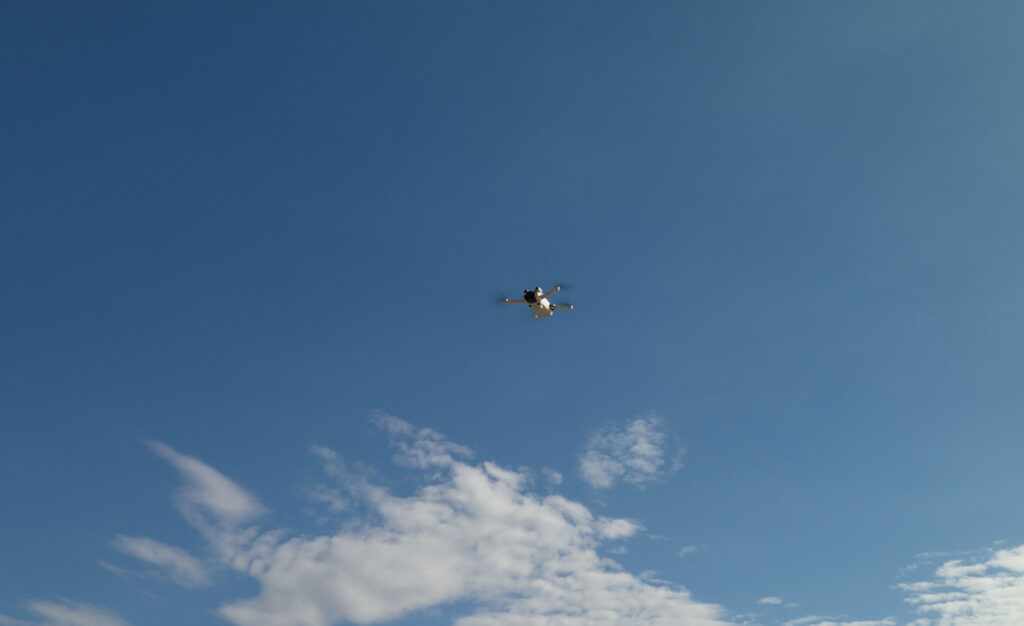
3. DJI Air 3
The DJI Air 3 is a versatile drone that offers impressive features at an affordable price. With a flight time of up to 46 minutes and a battery capacity of 3500mAh, it’s perfect for capturing stunning aerial shots in Australia.
This drone also includes intelligent flight modes and obstacle avoidance for added safety and convenience, making it a top choice for those looking for long battery power and advanced features.
Key Features
- 4K 100fps video and 48 MP RAW photos
- Two versatile lenses – 24mm f/1.7 and 70mm f/2.8
- Up to 46 minutes of flight time per Intelligent Flight Battery
- Omnidirectional Obstacle Avoidance
- 32KM video transmission range
- ActiveTrack 5.0, MasterShots, Vertical Video plus more
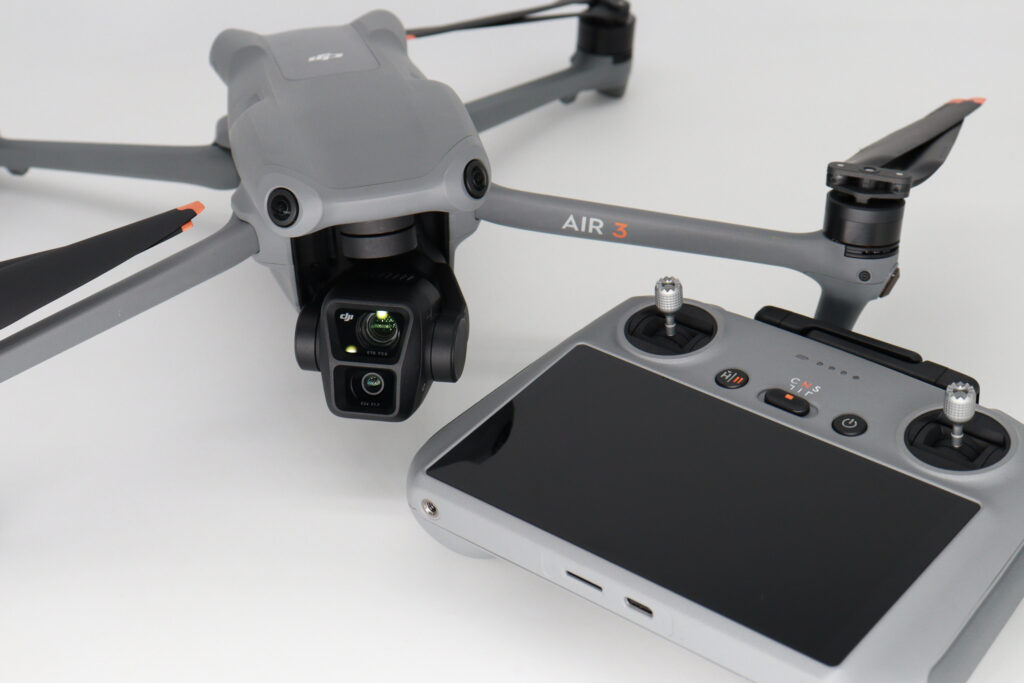
In-Depth Drone Reviews Australia
After taking a look at the best DJI drones available in Australia, we’re going to get into detailed reviews of each one. We’ll cover what these drones can do, how well they perform, and how much they cost.
DJI Mavic 3 Review: Features, Performance, and Price
The DJI Mavic 3 tops the list for drone reviews Australia. It represents a significant leap forward in consumer drone technology, offering features that make it particularly well-suited for the diverse and challenging Australian landscape.
After extensive testing across various Australian environments, from coastal areas to the outback, here’s a comprehensive look at how the Mavic 3 performs Down Under.
What’s Unique about the DJI Mavic 3?
Only the Mavic 2 and Mavic 3 have the Hasselblad camera on the DJI Mavic 3 is equipped with a 4/3 CMOS sensor that can take 20MP photos and record 5.1K/50fps videos.
This sensor, paired with Hasselblad’s famous color technology, produces high-quality images with vivid colors and a wide dynamic range. The 10-bit D-Log color profile allows for versatile post-processing.
Hasselblad are on the leading edge of camera technology so having this in your drone is a big win.
Camera Performance
The Mavic 3’s dual-camera system is a standout feature. The primary 4/3 CMOS Hasselblad camera captures stunning 20MP stills and 5.1K video at 50fps.
In the harsh Australian sunlight, the camera’s dynamic range truly shines, capturing the vivid reds of the outback and the blues of our beautiful turquoise ocean.
The secondary telephoto camera, while not as high-resolution, proves useful with its epic 48X zoom for scouting and wildlife observation, particularly in areas where flying closer isn’t feasible due to regulations or terrain.
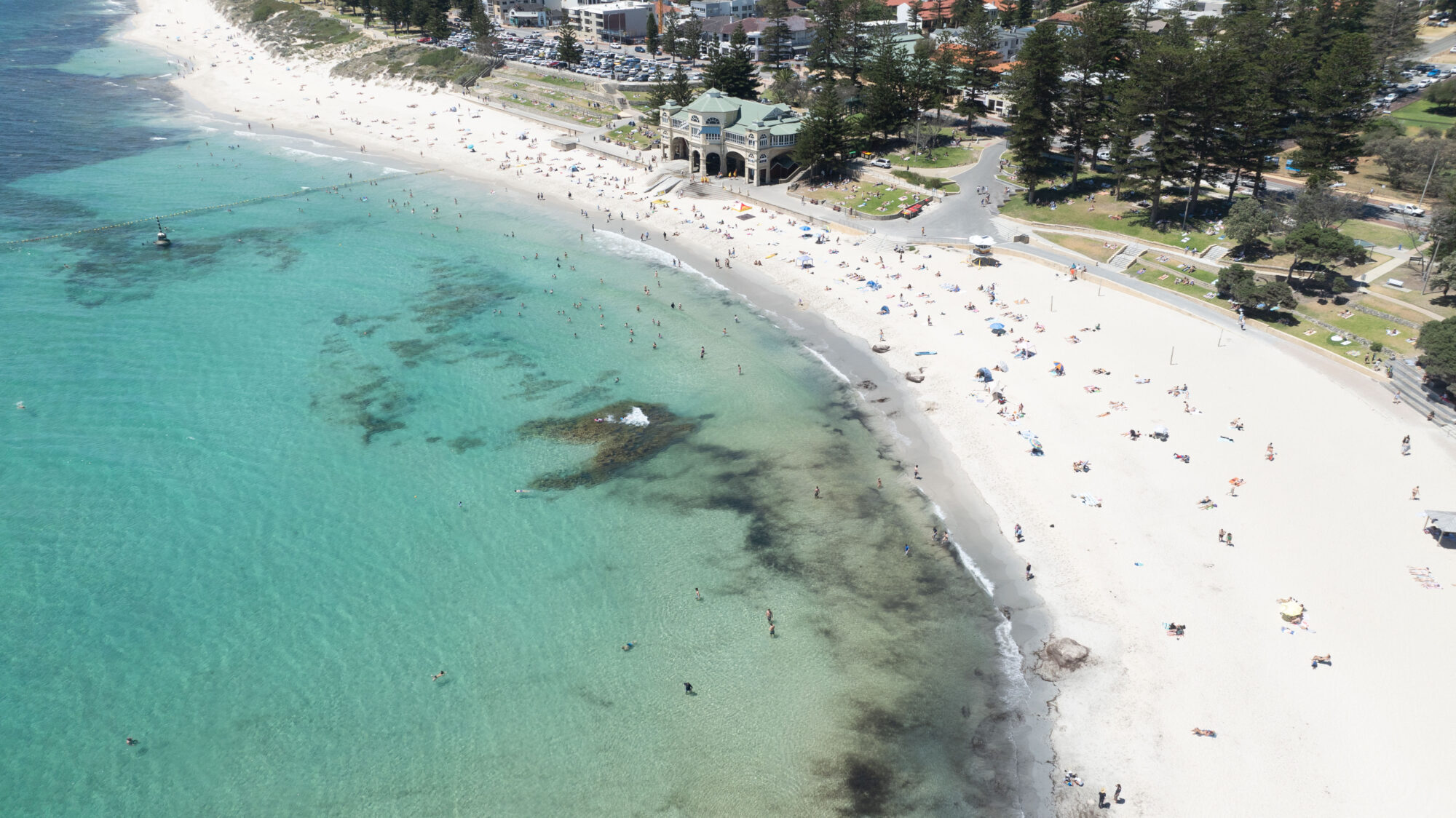
Flight Performance
In typical Australian conditions, the Mavic 3’s flight performance is exceptional. Its 45 minute maximum flight time is a game-changer for capturing vast landscapes or conducting extended surveys. However, be aware that in the extreme heat of places like the Northern Territory or Western Australia, you may see slightly reduced flight times.
The drone handles well in high winds, which is crucial for Australian pilots. However be mindful that the wind will drain your battery a lot faster. Too many drones get lost at sea(R.I.P lost drone souls).
Obstacle Avoidance
The omnidirectional obstacle sensing is highly effective, which is particularly valuable when navigating through Australia’s often dense bushland or around rocky outcrops.
However, it’s worth noting that the system can sometimes be overly cautious in areas with many branches or leaves, occasionally limiting your flight path more than necessary.
Compliance and Regulations
The Mavic 3 comes equipped with AirSense (ADS-B receiver), which is invaluable in Australia’s vast airspace where you might encounter light aircraft or helicopters, especially in rural areas.
The drone’s geofencing system is generally up-to-date with Australian no-fly zones, but always double-check current regulations, especially when flying near airports or in national parks.
Its physically not possible to take off within 5km of an airport and the drone can’t fly into a no fly zone which you can see on the map when flying the drone.
Range and Transmission
The O3+ transmission system provides excellent range and video feed quality, which is particularly useful in Australia’s wide-open spaces.
I have lost signal many times flying around hills and large obstacles. However the return home kicks in and has always flown back safely.
Portability
Despite its advanced features, the Mavic 3 maintains the fold-up design Mavic users love. This makes it ideal for travelling across Australia’s vast distances, whether you’re road-tripping along the coast or flying to remote locations.
The large grey bag it comes with in the fly more kit can be awkward to travel overseas with. I suggest getting a compact hard case for drone and put this in your backpack with the batteries.
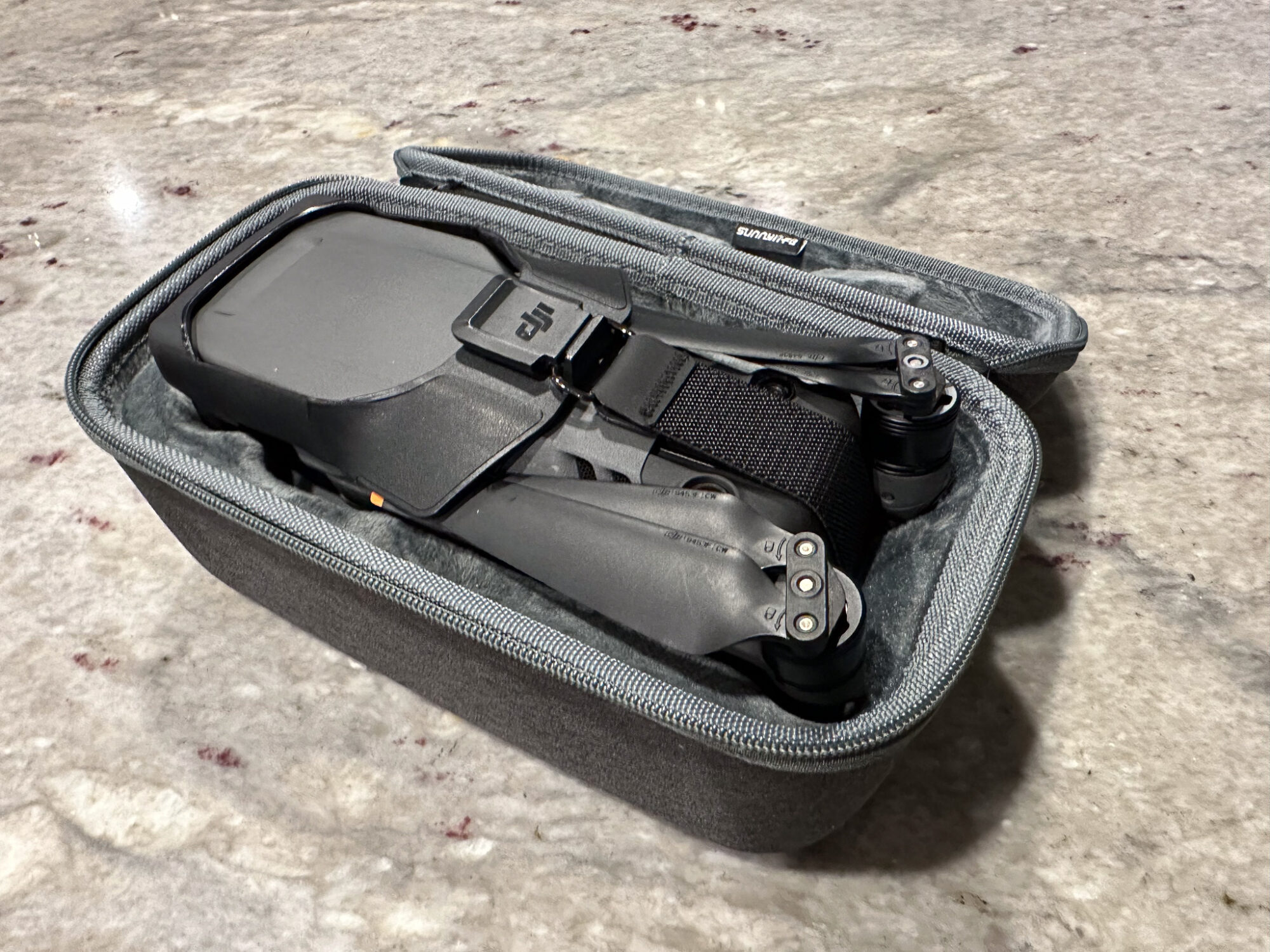
TIP
Always take your drone and batteries in your carry on luggage and ideally don’t have your batteries fully charged.
Low-Light Performance
The larger sensor significantly improves low-light performance compared to previous models. This is particularly useful for capturing the vivid colors of Australian sunsets without excessive noise, or for commercial operators who need to work in dawn or dusk hours.
The Mavic 3 performs exceptionally at nighttime. Just remember your obstacle avoidance sensors don’t work in the dark. Fly with caution.
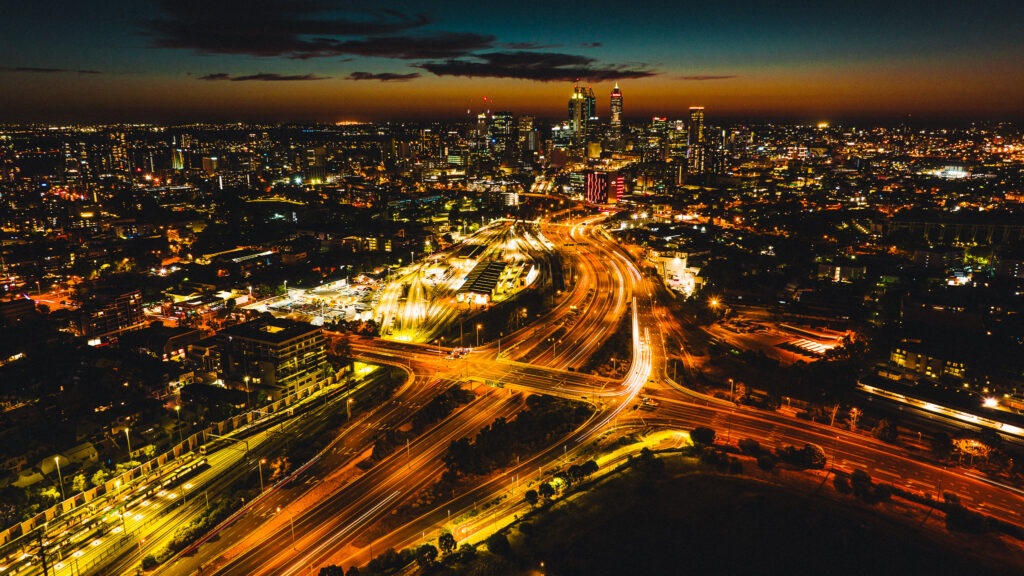
Weather Resistance
While not officially waterproof, the Mavic 3 has shown good resistance to light rain and sea spray in coastal environments. Exercise caution in Australia’s tropical north during the wet season.
Price and Value
The price of the Mavic 3 has dropped to half of the price since release making it a bargain for this premium product. I paid close to $5k when it came out and you can now pick it up for around $2000 on Amazon.
Mavic 3 Conclusion
The DJI Mavic 3 is an exceptional drone that’s well-suited to Australian conditions. Its long 45 minute flight time, excellent Hasselblad camera, and advanced 360 obstacle avoidance safety features make it a top choice for anyone wanting to take top level photographs.
If you’re planning on selling drone photography or making money with your drone then the Mavic 3 is the right choice. For serious videographers then the DJI Mavic 3 Pro is worth the upgrade with its 3 cameras for creating stunning cinematic footage as well as 1TB internal storage and improved RC controller.
The Mavic 3 Pro also offers pro-tier video formats and frame rates, making it the most versatile drone on the market for aerial photography and filmmaking. Don’t forget to always have a memory card on hand to ensure you never miss capturing a moment.
DJI Mini 4 Pro Review: Features, Performance, and Price
The DJI Mini 4 Pro is a remarkable achievement in miniaturization, packing advanced features into a sub-250g frame. This weight class is particularly significant for Australian pilots, as it falls under the “micro drone” category in CASA regulations, allowing for more flexible use in certain situations.
What’s Unique about the Mini 4 Pro?
A feature that I love is the ability to turn the gimbal 90 degrees to shoot in portrait mode as well as landscape mode. The Mini 3 also comes with this feature.
This means you don’t need to crop your shots when uploading them to social media for Instagram stories or TikTok while keeping them full quality and filling up the whole 16:9 screen.
Camera Performance
The Mini 4 Pro has a 1/1.3-inch CMOS sensor capable of capturing 48MP stills and 4K/60fps video. In Australian conditions, this camera performs well, handling the high contrast of our bright sunlight well.
The larger sensor size compared to its predecessors significantly improves low-light performance, ideal for capturing the golden hues of sunset over Uluru or the Sydney Harbour.
Unlike the previous generation the ability to shoot 10-bit D-Log M colour profile is a game-changer for this size class, allowing for greater flexibility in post-production, especially useful when dealing with Australia’s vibrant and diverse landscapes.

Flight Performance
With a maximum flight time of 45 minutes, the Mini 4 Pro offers impressive endurance for its size. This is particularly useful in Australia, where distances can be vast and you might need extended flight time to capture sprawling landscapes or conduct thorough site surveys.
In typical Australian conditions, the drone handles well, even in moderate coastal breezes. However, it’s important to exercise caution in stronger winds, particularly in areas like the Great Ocean Road or Tasmania, where its often windy.
Obstacle Avoidance
The Mini 4 Pro features omnidirectional obstacle sensing, a significant upgrade from its predecessors. This is particularly valuable when navigating through Australia’s often dense bush or around coastal cliffs.
However, always remain vigilant, especially in areas with fine obstacles like thin branches or wire fences, which can often be missed by the sensors resulting in your drone stuck in a tree(I hope you’re good at climbing).
Compliance and Regulations
While the sub-250g weight exempts it from some regulations, Australian pilots still need to follow general drone laws. The Mini 4 Pro includes geofencing and Remote ID capabilities, helping ensure compliance with local regulations.
Range and Transmission
The O3 transmission system provides a range of up to 20km, which is more than sufficient for legal operations in Australia, where visual line of sight must be maintained. The robust signal is particularly useful in remote areas where interference is minimal.
Portability
The Mini 4 Pro’s compact size makes it ideal for travelling across Australia. Whether you’re backpacking through the Daintree Rainforest or road-tripping along the Nullarbor, this drone won’t weigh you down.
Low-Light Performance
The improved sensor and dual native ISO contribute to better low-light performance. This is particularly useful for capturing the vivid colors of Australian sunrises and sunsets, or for operations in the dimmer conditions of early morning or late evening.
The DJI Mini 4 Pro drone features an adjustable aperture (f/1.7 to f/4.0) on its 1/1.3-inch CMOS sensor camera, enhancing its night photography capabilities. The wider f/1.7 aperture allows more light in, crucial for low-light shots.
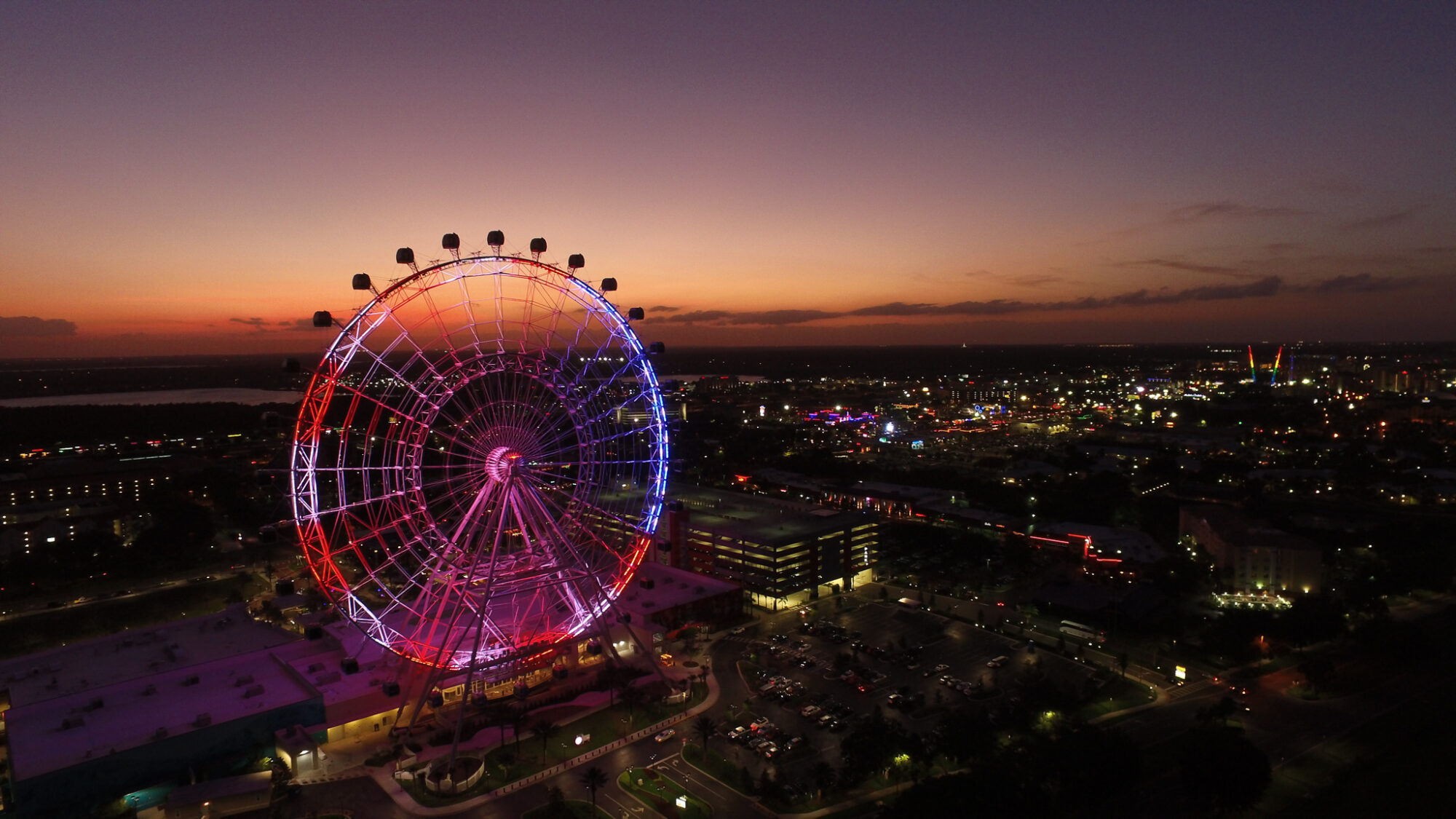
Weather Resistance
While not officially waterproof, the Mini 4 Pro has shown decent resistance to light rain and sea spray. However, exercise caution and always try land as soon as possible if it starts raining.
Price and Value
The Mini 4 Pro sits at a higher price point compared to other “mini” drones around $1550 AUD. The advanced technology in packed into this tiny drone is well worth the price.
DJI Mini 4 Pro Conclusion
This powerful little sub 250g drone is a great choice for travellers and semi serious drone photographers. It’s a top beginner drone for those starting off with its small size and 360 obstacle avoidance safety features.
Being able to turn the gimbal and shoot in portrait is a big selling point for me. This saves both time and quality when uploading to social media platforms like Instagram stories.
The Mini 4 Pro is a huge upgrade from the Mini 3 Pro with its adjustable aperture, 360 obstacle avoidance and now 10 bit D Log for improved picture quality.
DJI Air 3 Review: Features, Performance, and Price
Third on the list for drone reviews Australia is the DJI Air 3 with an impressive 46 minute flight time and combined 48mp camera. It size sits comfortably between the compact Mini series and the more professional Mavic series.
What’s Unique about the DJI Air 3?
The Air 3 can crop aspect ratio from 4:3 to 16:9 to shoot in vertical mode for apps like TikTok and Instagram story. It doesn’t rotate the gimbal like the Mini 4 Pro so it loses some quality as it reduced its 4K quality down to 2.7K but still a handy feature to have as Instagram story is 1080P.
This saves time in post editing but if you’re wanting to use this feature then the Mini 4 Pro would be a better option.
Camera Performance
The Air 3 introduces a dual-camera system, a first for the Air series. The primary camera features a 1/1.3-inch CMOS sensor capable of capturing 48MP stills and 4K 100dps video.
The ability to shoot in 10-bit D-Log M color profile allows for greater flexibility in post-production, particularly useful when dealing with high-contrast scenes common in Australian environments.
The 3x zoom camera, while lower in resolution, is a valuable tool for capturing wildlife from a distance (important for respecting animal habitats in places like Kakadu National Park) or for inspecting infrastructure without needing to fly too close.
Flight Performance
With a maximum flight time of 46 minutes, the Air 3 offers exceptional endurance for its class. This extended flight time, made possible by advancements in battery technology, is particularly beneficial in Australia, where distances can be vast and subjects far apart. It allows for longer filming sessions over expansive landscapes like the Great Barrier Reef.
The drone handles well in moderate winds, which is crucial for coastal flying in areas like the Great Ocean Road or the Whitsundays. However, as with all drones, caution should be exercised in strong gusts, particularly common in some Australian regions.
Obstacle Avoidance
The Air 3 features an omnidirectional obstacle sensing system, which proves invaluable when navigating through Australia’s often dense bush or around coastal cliffs.
The system performs well in most conditions, but beware of branches or wires that often aren’t picked up. You could still quite easily fly up into a power cable.
Compliance and Regulations
The Air 3 comes equipped with AirSense (ADS-B receiver), which is particularly useful in Australia’s vast airspace where encounters with light aircraft or helicopters are possible, especially in rural or remote areas.
When an aircraft is within your drones areas, a message will pop up warning you of nearby aircraft.
The drone’s geofencing system is generally up-to-date with Australian no-fly zones, but always double-check current CASA regulations, especially when flying near airports, in national parks, or over populated areas.
Range and Transmission
The O3+ transmission system provides excellent range and video feed quality, which is particularly useful in Australia’s wide-open spaces. However, remember that CASA regulations require keeping your drone in visual line of sight, regardless of its technical capabilities.
Portability
While not as compact as the Mini series, the Air 3 maintains a relatively small footprint when folded. This makes it a great option for travelling across Australia, fitting easily into a backpack for hikes in the Grampians or road trips along the coast.
It is slightly larger than the previous Air 2 drone.
Low-Light Performance
The Air 3’s larger sensor and advanced image processing contribute to good low-light performance. This is particularly useful for capturing the stunning colours of Australian sunsets or for commercial operators who need to work in dawn or dusk hours.
Weather Resistance
The Air 3 has shown good resilience to light rain and sea spray, which is beneficial when operating in coastal environments or during Australia’s unpredictable weather changes. You should aim to land asap if it starts raining.
Price and Value
The Air 3 sits at a mid-range price point of around $2150 in DJI’s lineup. Making it one of the most expensive consumer drones. Although this price does include the advanced DJI RC 2 remote which is great to have for blocking sun glare and improved range.
For Australian pilots, it offers excellent value, providing many of the advanced features of higher-end models in a more compact and affordable package.
DJI Air 3 Conclusion
The DJI Air 3 proves to be an excellent all-rounder for Australian drone pilots. Its combination of portability, advanced camera features, and long flight time make it well-suited to Australia’s varied flying conditions and vast landscapes.
It’s great drone that’s had some big improvement from the previous Air models.
DJI Drone Reviews Australia: Buying Guide
We will dive into what essential features to look out for when buying a drone.
It can be tempting to buy a cheap drone first to get some practice in to see if you like it but this can be a big mistake. The latest drones are easier and safer to fly as they have gps and 360 obstacle avoidance features to help prevent a crash.
The Mini 3 Pro is the oldest beginner drone I would recommend if you want to spend less.
Factors to Consider Before Buying a DJI Drone
Having a drone that can shoot at least 4K 60fps is essential to produce some semi professional footage. Camera quality of at least 20MP, the bigger the image sensor the better which what makes the Mavic 3 standout with its 4/3 CMOS sensor.
Next up is battery life because more of it means you can fly longer without breaks; so pick a drone whose battery won’t let you down too soon. Aim for at least 30 minutes of flight time but ideally 45.
Next, does it have 360 obstacle avoidance? If not then be mindful that your drone will crash if you’re heading backwards into a wall with a drone with no backward sensors.
Where to Buy DJI Drones in Australia: Top Retailers and Online Shops
When you’re looking to buy DJI drones in Australia, there’s a bunch of great places where you can find them. With stores like JB Hi-Fi, Harvey Norman, and Camera House on the list, you’ve got plenty of options.
For those who prefer shopping online, websites like Amazon are handy for getting next day delivery as well as being able to read reviews. Plus Amazon often has discounts on the latest DJI drones.
Conclusion
Want to be the next Spielberg? Grab the Mavic 3 – it’s so smart it might file your taxes while you’re busy winning Oscars.
Prefer your tech travel-sized? The Mini 4 Pro is your pocket rocket. It’ll have you serving more Instagram looks than a chameleon at a fashion show.
The Air 3 is a great all rounder with top tech. I hope these top 3 drone reviews Australia have helped you decide which drone is right for you. Whatever you choose, just remember you’re in great hands with DJI technology.
Frequently Asked Questions
How Do I Edit Drone Footage?
I have been editing drone footage for over six years using Adobe Premiere Pro which is a popular choice for any digital creator.
Follow this free step by step guide to learn the essential steps to editing your videos.
What Are the Best Apps for DJI Drone Pilots?
To fly your drone you will be using the DJI fly app or DJI Go depending which drone you have. There is a flight simulator app called DJI Try virtual flight for people wanting to experience drone flying.
Ok2fly and OpenSky are great apps for seeing where you can and can’t fly your drone and what hazards may be nearby. UAV Forecast for weather updates specifically for flying, it gives a recommendation on whether you should fly or not.
If you want to edit drone photos, Adobe Lightroom is the go to. For editing drone video on mobile then LightCut is a quick, easy and free app to use. For editing drone videos on a desktop then Adobe Premiere Pro is the go to.
Do I Need to Register My DJI Drone in Australia?
In Australia you don’t need to register your drone if you are using it for fun. If you are using it for commercial purposes like using your drone in real state or using drones for agriculture then you will need to register it.
What are Some Drone Landscape Photography Tips?
Here are a few drone landscape photographt tips to get you started. Don’t just fly high – some of my most stunning shots have come from skimming just above treetops or water surfaces. I always shoot in RAW for greater post processing power.
Use an ND filter 512/1000 to create long exposure shots of waterfalls or moving cars. Add gridlines to your screen to help create symmetry.

